Archivos
-

Corpus textuales y cuerpos encarnados
Núm. 28 (2025)''Corpus textuales y cuerpos encarnados'' recoge artículos en torno a los cuerpos de las mujeres tanto en su vertiente de cuerpos representados por otros, como de cuerpos autorrepresentados. Tendrán cabida ejes temáticos como: las emociones corporales, los pensamientos encarnados, el cuerpo como peligro y como amenaza, el deseo femenino en todas sus facetas y posibilidades, los cuerpos forjados por el deseo masculino, los cuerpos idealizados y los cuerpos demonizados y toda la filosofía, simbolismo e imaginería en torno a los cuerpos, los cuerpos normativos y los cuerpos indisciplinados, cuerpos virtuosos y cuerpos virtuales, la cárcel de los cuerpos y otros posibles temas que tengan como eje de reflexión los cuerpos y sus proyecciones en los textos literarios.
-
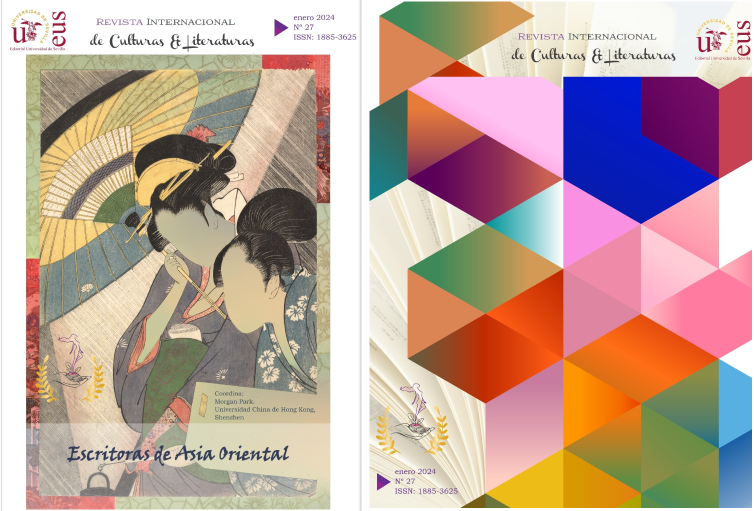
Monográfico Escritoras y Asia Oriental y Número 27
Núm. 27 (2024)Monográfico Escritoras de Asia Oriental
Las escritoras asiáticas son escasamente conocidas en España. Salvo contadas excepciones, muy poco se ha publicado en nuestra lengua sobre el movimiento feminista de Asia Oriental y las traducciones al español escasean. Las diversas culturas de China, Corea y Japón han producido textos literarios que, aunque prácticamente desconocidos en nuestro país, ofrecen una riqueza y un alcance similar a los de cualquier otra cultura de los cánones literarios del mundo occidental. El paso relevante para acercar nuestra relación con los estudios de género de Asia Oriental debe ser una determinación consciente de eludir las imágenes exóticas y lejanas. Frente a la tendencia tradicional a hacer de las mujeres chinas, coreanas y japonesas un “otro” agrupado, se debe fomentar un interés constante por hacer visible la diversidad y complejidad que existe en cada sociedad específica dentro de lo que denominamos Asia Oriental.
Número 27
En este número se incluyen diversos artículos de diferentes temáticas, siempre con la mirada feminista como eje de las investigaciones.
-
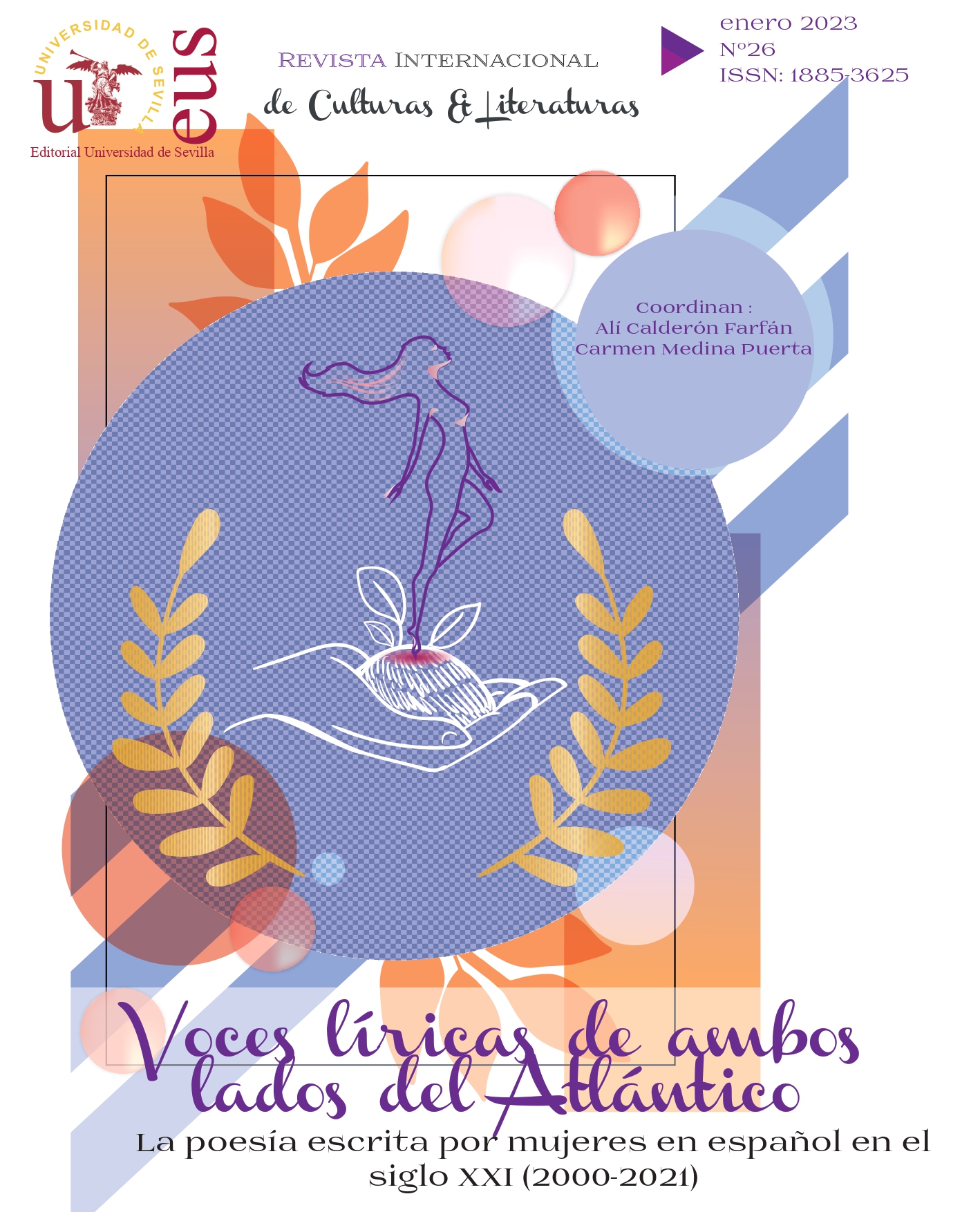
Voces líricas de ambos lados del Atlántico. La poesía escrita por mujeres en español en el siglo XXI (2000-2021)
Núm. 26 (2023)Coordinan: Carmen Medina Puerta (Universitat de Lleida) y Alí Calderón Farfán (Benemérita Universidad Autónoma de Puebla)
El presente monográfico surge de la voluntad de crear un espacio de debate plural, rico y coherente en torno a la producción poética de las mujeres que escriben en español en la actualidad. Para ello, partimos de una perspectiva panhispánica, es decir, considerado necesario reflexionar sobre la escritura poética en español de las mujeres obviando momentáneamente las fronteras geográficas y políticas que las separan para centrarnos en los temas y cuestiones que las aúnan. Principalmente, dos son las razones que nos motivan a partir de esta perspectiva integradora. Por un lado, es evidente que la expansión de internet en el siglo XXI ha permitido acortar las distancias físicas y ha provocado que el diálogo de las manifestaciones literarias en español sea continuo y fructífero. Por otro lado, no se puede obviar que el siglo XXI ha venido acompañado de importantes agitaciones y demandas feministas que, a su vez, están teniendo evidentes repercusiones en el lenguaje y en las manifestaciones artísticas.
-
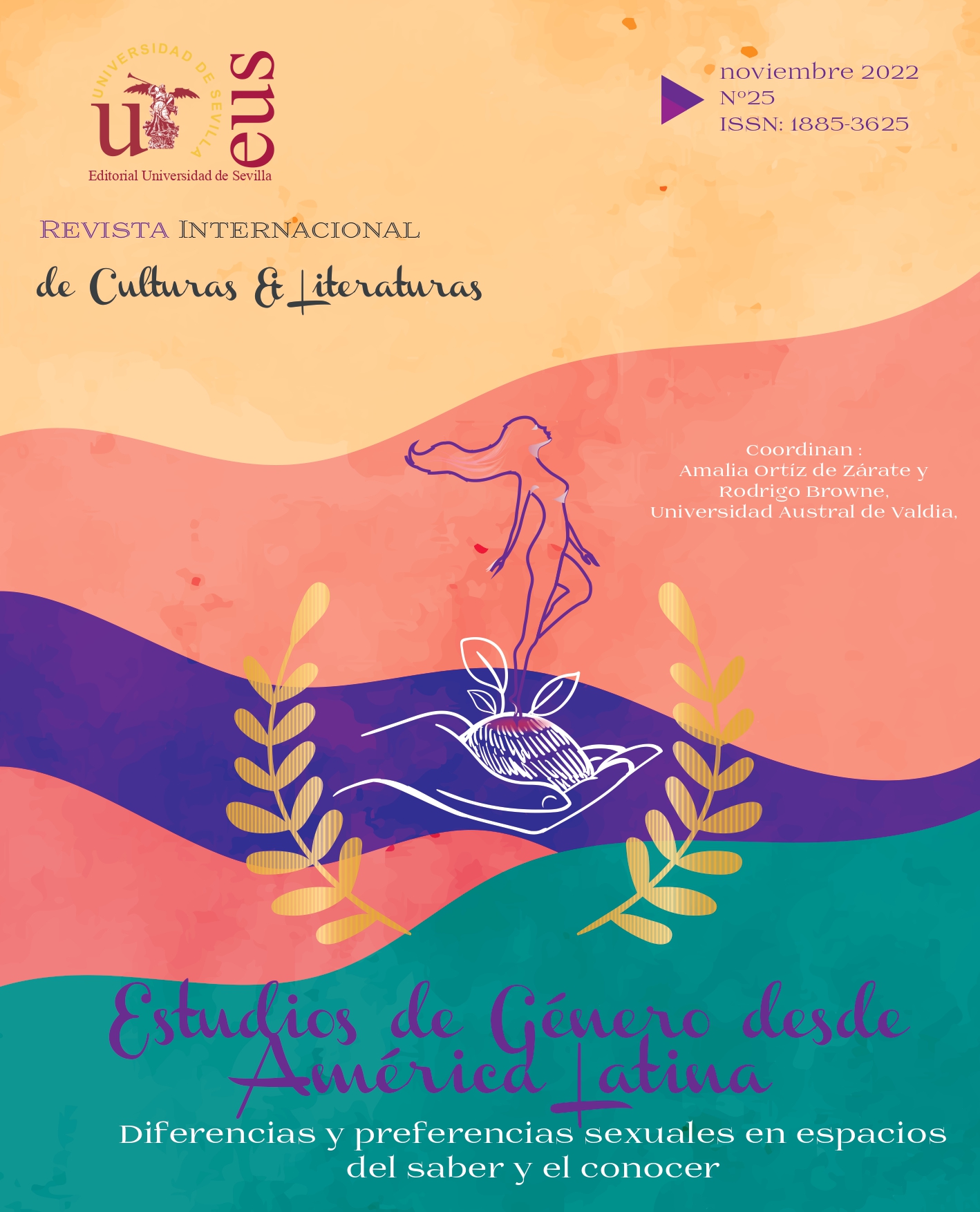
Estudios de género desde América Latina. Diferencias y preferencias sexuales en espacios del saber y el conocer y Monográfico Reescribiendo la historia: sobre los espacios femeninos y las nuevas masculinidades en la literatura actual
Núm. 25 (2022)Número 25 (2022). Monográfico dedicado a los Estudios de Género desde América Latina. Diferencias y preferencias sexuales en espacios del saber y el conocer.
Coordinan : Amalia Ortíz de Zárate y Rodrigo Browne, Universidad Austral de Valdia, Chile
En este número, se abordan los siguientes ejes temáticos: la visión de fenómenos históricos, políticos, culturales, sociales, etc. sobre sexualidad, disidencia, identidad y preferencia sexual desde múltiples perspectivas (y formatos), que nos permitan esbozar los caminos que estamos tomando para dar voz a estos fenómenos, y que contribuyan a comprenderlos desde una perspectiva inclusiva, multicultural y transdisciplinar.
Monográfico Reescribiendo la historia: sobre los espacios femeninos y las nuevas masculinidades en la literatura actual
Editoras: Maria Ayete Gil y Nuria Torres López.
Saquemos las lentes de género del cajón, pongámonoslas y atrevámonos a hacer frente al malestar mirando a nuestro alrededor y a nosotros mismos. Solo así podremos percatarnos del cuestionamiento bajo el que viven, de hace un tiempo a esta parte, las identidades y sus lugares en el mundo. La masculinidad está en crisis, y con ella, el binarismo de género. Las transformaciones sociales producidas por los movimientos feministas de los últimos años han abierto una nueva ventana: el debate en torno a la masculinidad y sus valores. Este debate ha producido a su vez un doble movimiento: por un lado, la reivindicación de otra masculinidad posible por parte de hombres no identificados con los roles de género impuestos y los lugares asignados por el patriarcado; por el otro, una tendencia reaccionaria a estos modelos otros, caracterizada por la defensa de las prácticas masculinas hegemónicas que originaron y siguen legitimando la desigual organización sociocultural y política que habitamos.
Las nuevas masculinidades, en continua revisión, surgen como alternativa ante los imperativos impuestos por el modelo dominante de género masculino. “Nosotros somos asimismo víctimas de ese constructo cultural que funciona como modelo; sufrimos sus consecuencias”, declaran sus pancartas. Nos preguntamos también, sin embargo, cómo afectan estas alternativas a las mujeres. Es decir, ¿cuál es la relación entre estas masculinidades disidentes y la mujer? A fin de cuentas, su nacimiento no puede desprenderse del movimiento feminista. Ahora bien, ¿va más allá de él? ¿Cuál es el lugar de las mujeres en el presente debate? -
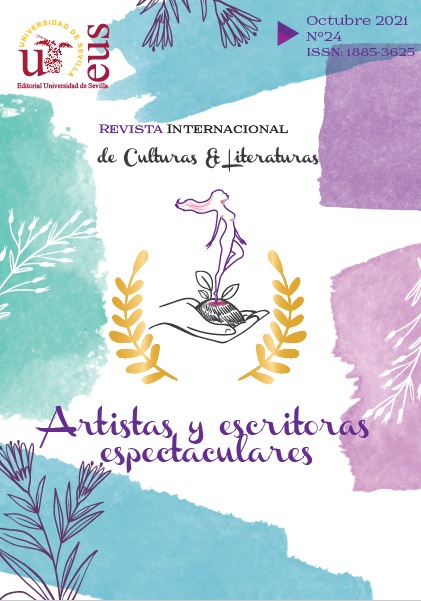
Artistas y escritoras espectaculares
Núm. 24 (2021)El feminismo constituye actualmente la gran teoría crítica resistente al presente neoliberal y patriarcal. Para seguir contribuyendo al pensamiento feminista es necesario seguir investigando para acabar con la Historia mutilada que conocemos y reconocer a esas grandes mujeres que aportaron una producción artística y científica de calidad. Se hace imprescindible plantear los obstáculos que tuvieron y los mecanismos que las han excluido de los libros de nuestra Historia. Además, hay que tomar consciencia del papel que tiene la mujer en la actualidad tanto en los circuitos editoriales y culturales como en la ciencia. Este número de nuestra revista trata de visibilizar no solo la creación de las mujeres sino los problemas a los que estas se enfrentan. También pretende recuperar los escritos, debates y movilizaciones que realizaron en contra de la estructura social y familiar en la que vivieron porque toda esta producción teórica y este saber también es activismo feminista. La demanda de la igualdad de sexos sigue estando muy activa en casi todas las disciplinas y esta publicación pretende ser un espacio donde dialoguen los discursos de nuestros referentes pasados con las preocupaciones de nuestra lucha presente.
Abstract
Feminism currently constitutes the great critical theory resistant to the neoliberal and patriarchal present. To continue contributing to feminist thought, it is necessary to continue researching to end the mutilated history that we know and recognize those great women who contributed quality artistic and scientific production. It is essential to raise the obstacles they had and the mechanisms that have excluded them from the books of our History. In addition, we must be aware of the role that women currently have both in the editorial and cultural circuits and in science. This issue of our magazine tries to make visible not only the creation of women but the problems they face. It also seeks to recover the writings, debates and mobilizations that they carried out against the social and family structure in which they lived because all this theoretical production and this knowledge is also feminist activism. The demand for gender equality continues to be very active in almost all disciplines and this publication aims to be a space where the speeches of our past referents dialogue with the concerns of our present struggle.
-
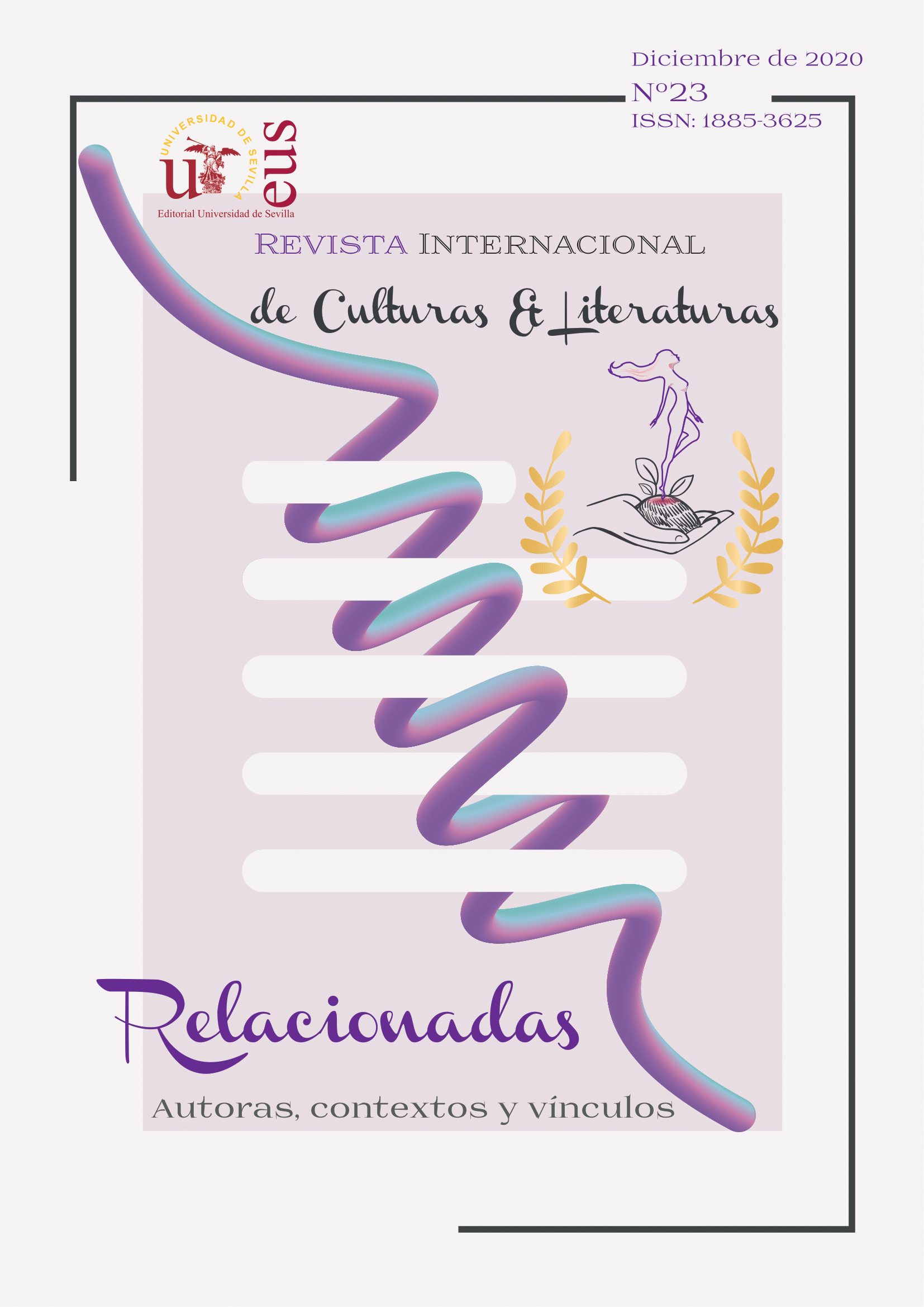
Relacionadas. Autoras, contextos y vínculos.
Núm. 23 (2020)La temática de este número se centra en las relaciones de escritoras, artistas e intelectuales tanto con los eventos que definieron su contexto histórico, social y cultural, como sus circunstancias personales y profesionales. Entre otros, se abordan los siguientes ejes temáticos: la visión de eventos históricos a través de escritoras, intelectuales y artistas de cualquier época; escritoras, artistas e intelectuales en relación con los movimientos culturales de su tiempo; relaciones de sororidad, colaboración o solidaridad entre mujeres creadoras; rivalidades y enemistades de mujeres creadoras en el marco de la normatividad patriarcal; las mujeres creadoras y sus relaciones con el canon tradicional; alianzas y relaciones de solidaridad entre géneros entre hombres y mujeres intelectuales y creadores.
This issue focuses on the relationships of female writers, artists and intellectuals both with the events that defined their historical, social and cultural context, and their personal and professional circumstances. Among others, the following topics are addressed: the vision of historical events through female writers, intellectuals and artists of any era; female writers, artists and intellectuals in relation to the cultural movements of their time; sisterhood, collaboration or solidarity relationships between women creators; rivalries and enmities of women creators within the framework of patriarchal normativity; female creators and their relationships with the traditional canon; alliances and solidarity relations between genders between intellectual and inventive men and women.
-
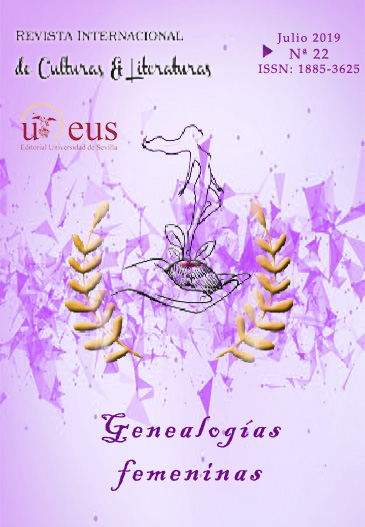
Genealogías femeninas
Núm. 22 (2019)El presente número de la Revista Internacional de Culturas y Literaturas se centra en las figuras de mujeres que con sus vidas y obras hayan contribuido a formar el presente que conocemos, en campos como el activismo y la participación política, la literatura y el pensamiento, la academia y universidad y las artes y el mundo del espectáculo. Este número pretende ser un homenaje a las mujeres que han abierto camino a sus sucesoras, al mismo tiempo que propiciar la identificación con modelos plurales, periféricos, que atiendan a la diversidad y heterogeneidad.
This issue of the International Journal of Cultures and Literatures focuses on the figures of women who have contributed with their lives and works to shaping the present we know, in fields such as activism and political participation, literature and thought, academy and university and the arts and show business. This number aims to be a tribute to the women who have paved the way for their successors, at the same time that it fosters identification with plural, peripheral models that attend to diversity and heterogeneity.
-
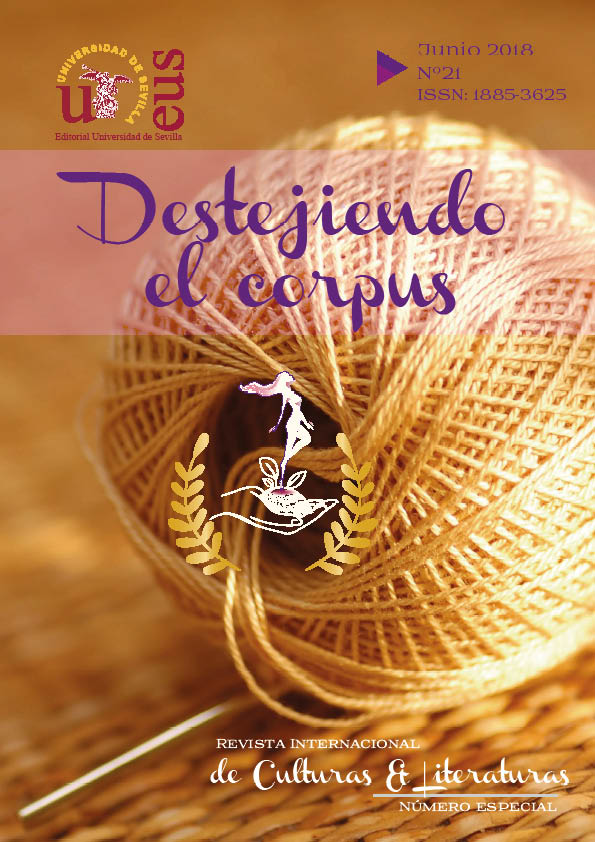
Destejiendo el Corpus
Núm. 21 (2018)En el proceso de representación y comunicación de los mitos y del canon literario se instala una carga política y patriarcal. En el canon literario el vínculo histórico entre presencia y verdad queda marcado por una cultura andrologocéntrica, y en la misma consideración de los mitos están presentes muchos estereotipos acerca de lo masculino y lo femenino.
Por estos motivos, en este número especial de la Revista Internacional de Culturas y Literaturas se plantea la necesidad de destejer ese supuesto tapiz universal de nuestra cultura que ha silenciado cualquier voz disidente.
A patriarchal burden is installed along the whole process of representation and communication of the myths, and in the political and literary canon. The historical link between presence and truth is defined by an andrologocentric culture, and in the same consideration of the myths, many stereotypes about masculinity and femininity are perpetuated.
For these reasons, in this special issue of the International Journal of Cultures and Literatures there is a need to unravel this supposed universal tapestry of our culture that has silenced any dissident or deviant voice.
-
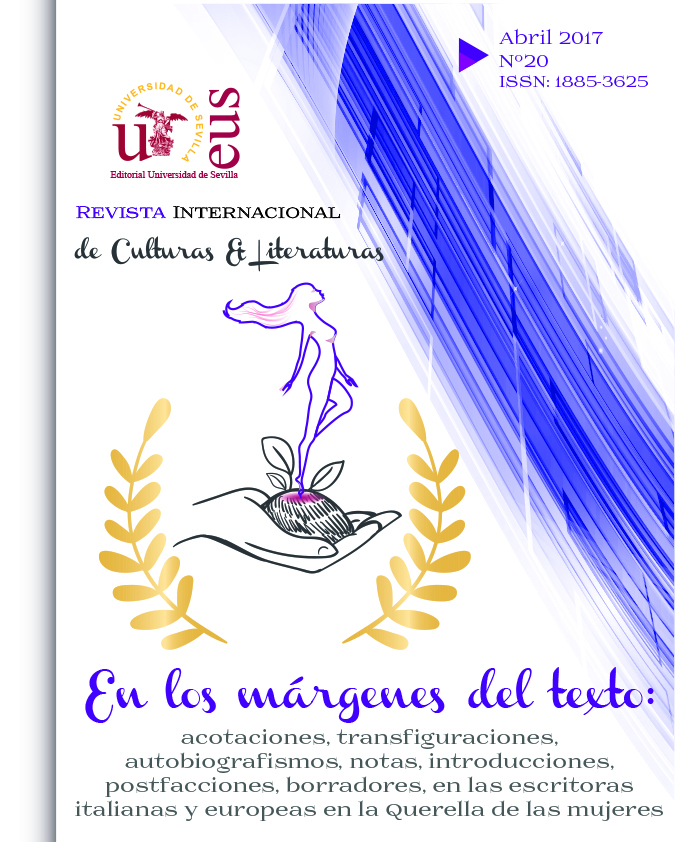
En los márgenes del texto
Núm. 20 (2017)Este número pretende adentrarse en los márgenes de la escritura más allá del canon, estableciendo una perspectiva de género en el análisis de distintas facetas femeninas silenciadas, desconocidas o escasamente valoradas a lo largo del tiempo. La reivindicación de la mujer en distintos ámbitos parte desde el movimiento de la Querella hasta la actualidad, abordando el estudio de personajes, autoras e investigadoras que conforman una mirada diferente al orden establecido.
This issue aims to dig into the margins beyond the literary canon, starting from a gender perspective to analyse different female aspects, most of them underestimated or even forgotten for a long time. The vindication of women in different research fields starts from the Querelle des Femmes until our days, addressing the study of female characters, authors and researchers that constitute a different way of thinking compared to the established order.
-
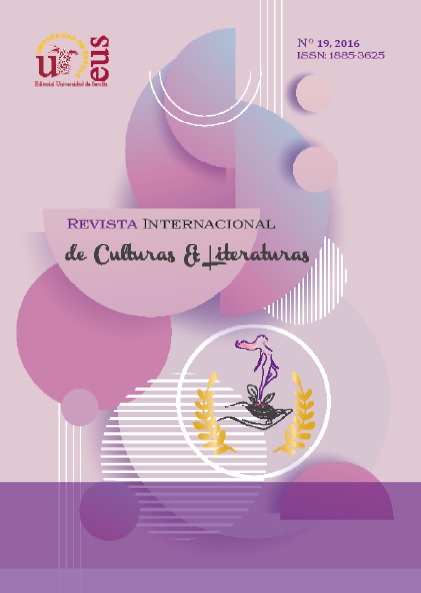
Mujeres desde la tramoya: artes escénicas y género
Núm. 19 (2016)Las mujeres en las artes escénicas han estado presentes casi y exclusivamente en el papel de actrices. Su contribución a otros ámbitos ha sido sistemáticamente ignorada e invisibilizada (autoras, coreógrafas, directoras, tramoyistas, figurinistas, etc.). Este número pretende analizar la brecha de género en este sector y dar a conocer figuras de mujeres detrás del escenario. La presencia de mujeres ha sido a lo largo de la historia muy inferior a la de los hombres en el proceso creador de las artes escénicas y en la actualidad la participación de la mujer en el teatro está aún muy lejos de lo que sería deseable en términos de paridad e igualdad.
Women in the performing arts have been present almost and exclusively in the role of actresses. Their contribution to other areas has been systematically ignored and made invisible (authors, choreographers, directors, stage hands, costume designers, etc.). This issue aims to analyze the gender gap in this sector and to publicize female figures behind the scenes. Throughout history, the presence of women has been much lower than that of men in the creative process of the performing arts and at present the participation of women in the theater is still far from what would be desirable in terms of parity and equality.
-
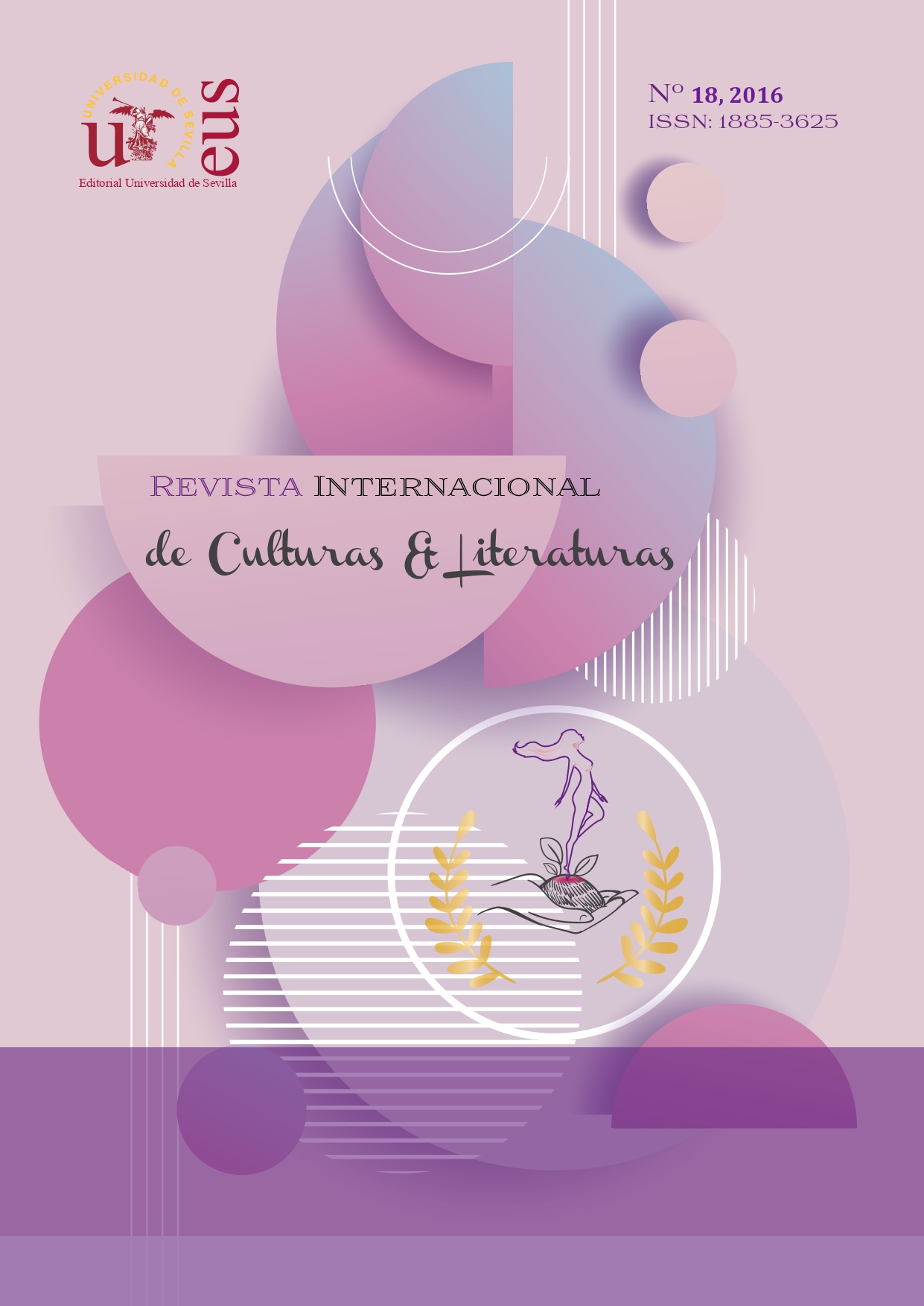
Locas. Escritoras y personajes femeninos cuestionando las normas
Núm. 18 (2016)En este volumen se adopta una definición de la locura como constructo social, sometido a cambios históricos y culturales, que ha sido históricamente utilizada de forma distinta al ser aplicada a las mujeres. La disidencia femenina ha sido calificada muchas veces como “anormalidad”. Las escritoras del Renacimiento que aspiraban a ser famosas por su erudición o su cultura poética eran percibidas como verdaderas “monstruos”, que contradecían con su inteligencia la imperfecta, subalterna y deficiente naturaleza femenina. Durante el Romanticismo muchas escritoras escogieron un pseudónimo para firmar sus obras y poder salvar la frontera entre su yo público de escritora y su yo privado de mujer moralmente respetable. A principios del siglo XX las escritoras profesionales son rechazadas socialmente, consideradas enfermas de imaginación, histéricas o mujeres de dudosa moralidad, conociendo el desprecio de la crítica literaria o su indiferencia.
Los textos que forman parte de este número analizan la obra de diferentes escritoras en varias lenguas y sus personajes femeninos trasgresores y marginados por la sociedad en la que viven, reflexionan acerca de las representaciones literarias del dolor psíquico y del estigma asociado a los diagnósticos psiquiátricos y explora las relaciones entre la creación y la locura conjugadas en femenino.
This volume adopts a definition of insanity as a social construct, subject to historical and cultural changes, which has historically been used differently when applied to women. Female dissent has been described many times as "abnormality." Renaissance writers who aspired to be famous for their erudition or poetic culture were perceived as true "monsters", contradicting with their intelligence the imperfect, subaltern and deficient feminine nature. During Romanticism many writers chose a pseudonym to sign their works and to bridge the border between their public self as a writer and their private self as a morally respectable woman. At the beginning of the 20th century, professional writers are socially rejected, considered sick of imagination, hysterical or women of doubtful morality, knowing the scorn of literary criticism or their indifference.
The texts that are part of this issue analyze the work of different writers in various languages and their transgressive and marginalized female characters by the society in which they live, reflect on the literary representations of psychic pain and the stigma associated with psychiatric diagnoses and explores the relationships between creation and madness conjugated in feminine.
-
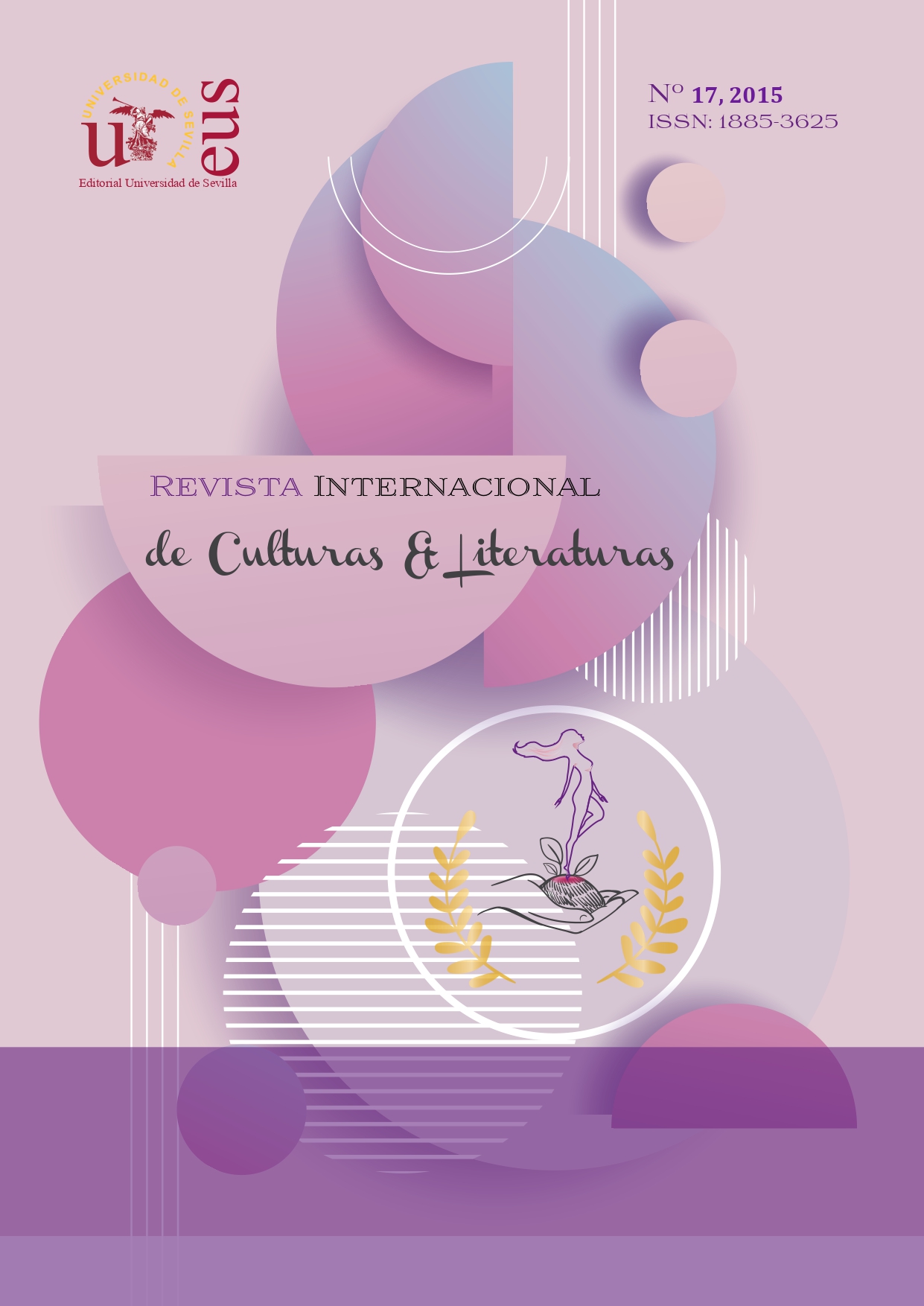
Cuerpos Ultraoceánicos
Núm. 17 (2015)No existen ficciones sin cuerpos, que se convierten en el soporte de la literatura a su vez prolongación y representación de los cuerpos. El cuerpo es siempre verbalizado e interpretado. Ningún cuerpo puede escapar de su representación. La reflexión sobre el cuerpo, sus deseos, conflictos y representaciones en diferentes escritores y escritoras son el centro de este número monográfico que presta especial atención a las construcciones culturales de América latina, especialmente chilenas. El cuerpo texturizado y el texto corporizado constituyen el núcleo de los diferentes análisis que reflexionan sobre textos fuera del canon literario en un ejercicio perturbador y subversivo que desafía y confronta América y Occidente con su raíces, con sus creencias y sus fantasmas incorpóreos.
There are no fictions without bodies, which become the support of literature, in turn, an extension and representation of bodies. The body is always verbalized and interpreted. No body can escape its representation. Reflection on the body, its desires, conflicts and representations in different writers are the focus of this monographic issue that pays special attention to the cultural constructions of Latin America, especially Chileans. The textured body and the embodied text constitute the core of the different analyzes that reflect on texts outside the literary canon in a disturbing and subversive exercise that challenges and confronts America and the West with their roots, their beliefs and their disembodied ghosts.
-
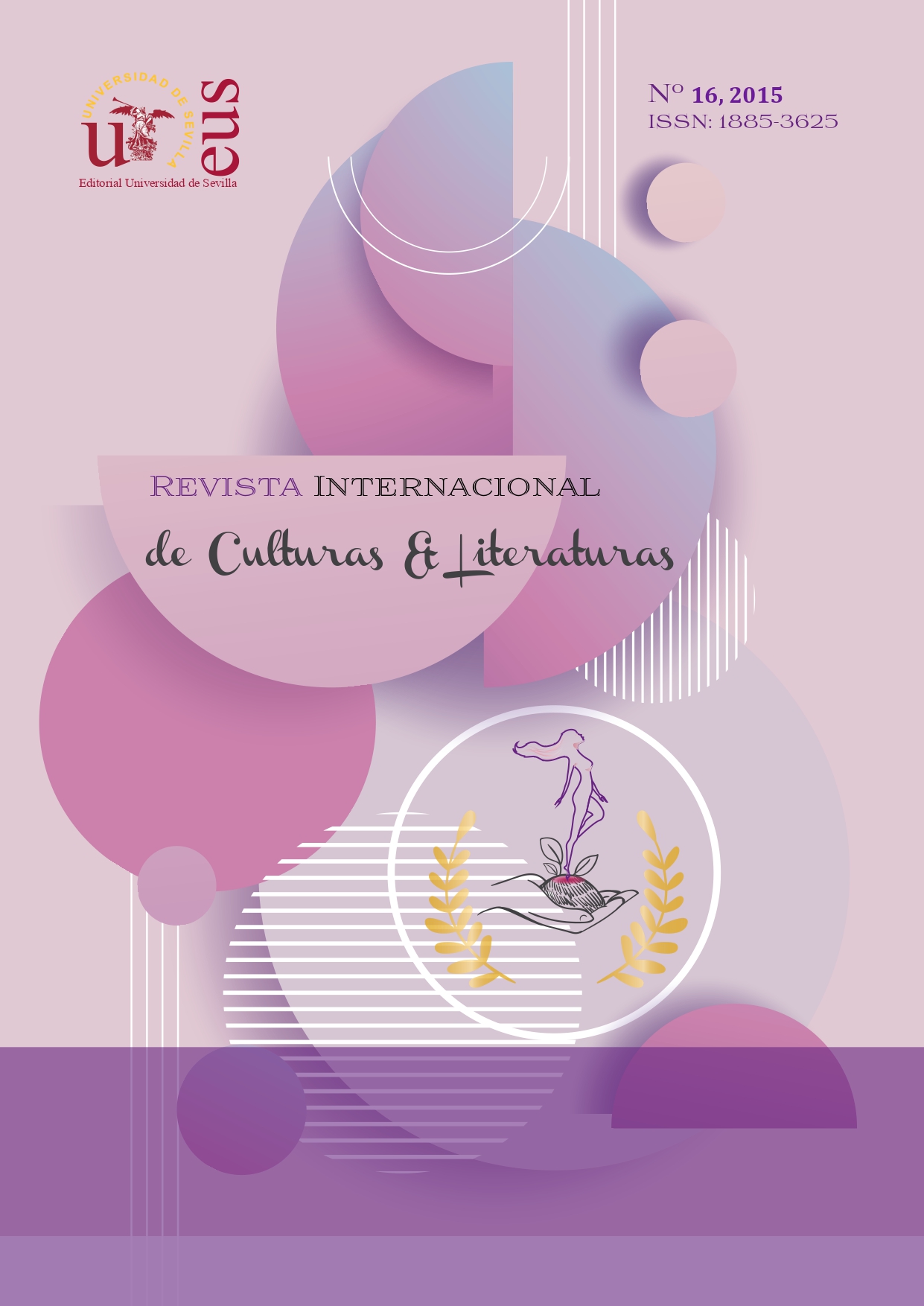
Escritoras y personajes femeninos cuestionando las normas
Núm. 16 (2015)Muchas escritoras de diferentes culturas se caracterizan por su insumisión a las normas sociales y a las normas textuales que codifican rígidamente los géneros literarios y enjaulan la escritura. Muchas de sus textos se muestran como incompletos, imperfectos, im-pertinentes desde el punto de vista canonico. El volumen reflexiona sobre la marginación de las escritoras en diferentes lenguas y literaturas, sobre la presencia de las escritoras en el canon literario y sobre la necesidad de cuestionar las normas que rigen la canonización en el sistema literario. Los textos de autoras plantean diferentes desafíos a la historia literaria y a sus categorías androcéntricas, por lo tanto, desde un punto de vista didáctico, se subraya la necesidad de reformular programas y asignaturas en diferentes ámbitos educativos para incluir a las escritoras y la diversidad de la que son portadoras.
Many writers from different cultures are characterized by their insubordination to social norms and textual norms that rigidly encode literary genres and cage writing. Many of his texts are shown as incomplete, imperfect, and irrelevant from the canonical point of view. The volume reflects on the marginalization of women writers in different languages and literatures, on the presence of women writers in the literary canon and on the need to question the norms that govern canonization in the literary system. The authors' texts pose different challenges to literary history and its androcentric categories, therefore, from a didactic point of view, the need to reformulate programs and subjects in different educational settings to include female writers and the diversity of the who are carriers.
-
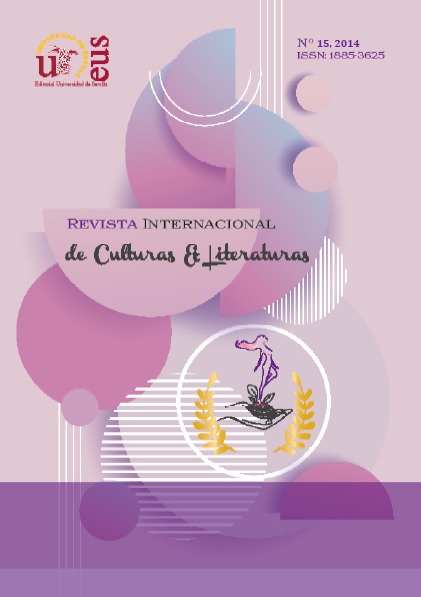
Mujeres en la vida pública
Núm. 15 (2014)El ámbito de las mujeres por excelencia es la vida privada. Todo ámbito público está en principio excluido para ella hasta entrado el siglo XX, incluidos el estudio y la escritura que aunque podían ejercerse desde casa o desde el convento proyectaban la figura femenina simbólicamente fuera de lo doméstico. Este volumen analiza las dificultades que afrontaron las mujeres para poder incorporarse a la vida social a través e una serie de textos literarios y estudios sociológicos desarrollados en diferentes contextos culturales. No solo la lucha por el espacio público, sino también la ardua lucha por los espacios simbólicos y culturales son la preocupación de muchas escritoras del pasado y del presente.
The area of women par excellence is private life. Every public sphere was in principle excluded for her until the beginning of the 20th century, including study and writing, which although they could be exercised from home or from the convent, projected the female figure symbolically outside the domestic sphere. This volume analyzes the difficulties faced by women in being able to join social life through a series of literary texts and sociological studies developed in different cultural contexts. Not only the struggle for public space, but also the arduous struggle for symbolic and cultural spaces are the concern of many writers of the past and present.
-
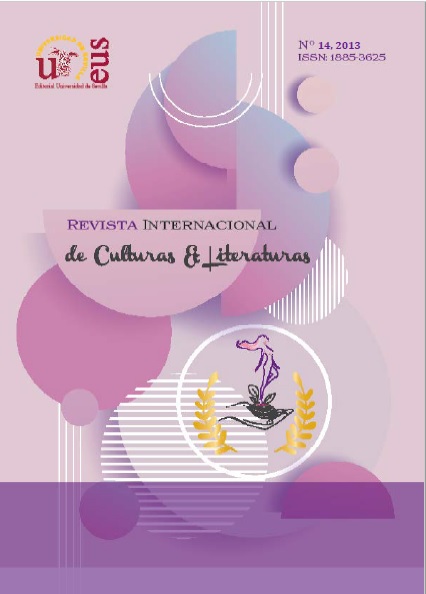
Escrituras en los márgenes (suplemento)
Núm. 14 (2013)El presente número reflexiona y analiza la marginación de las escritoras en diferentes lenguas y literaturas, la presencia de las escritoras en el canon literario y la necesidad de recuperar textos de autoras para integrarlas en los diferentes manuales y antologías que componen los libros de texto en la educación. Las escritoras han sido agentes culturales cuya autoría se ha visto rechaza por su condición de mujeres, han sufrido marginación, malditismo y discriminación dentro de la historia cultural. Sus obras no han sido lo suficientemente valoradas por la crítica literaria masculina y muchas veces han sido eliminadas del mercado editorial. Esta condición marginal, sin embargo, ha permitido a muchas escritoras la libertad de ignorar las reglas codificadas de los géneros literarios y las reglas de comportamiento patriarcal, cuyo resultado son textos poco ortodoxos donde es posible la utopía y el germen de futuras innovaciones.
This issue reflects and analyzes the marginalization of women writers in different languages andliteratures, the presence of women writers in the literary canon and the need to recover texts by authors to integrate them into the different manuals and anthologies that make up textbooks in education. The writers have been cultural agents whose authorship has been rejected due to their condition as women, they have suffered marginalization, curse and discrimination within cultural history. His works have not been sufficiently valued by male literary critics and many times they have been eliminated from the publishing market. This marginal condition, however, has allowed many writers the freedom to ignore the codified rules of literary genres and the rules of patriarchal behavior, the result of which is unorthodox texts where utopia is possible and the germ of future innovations.
-
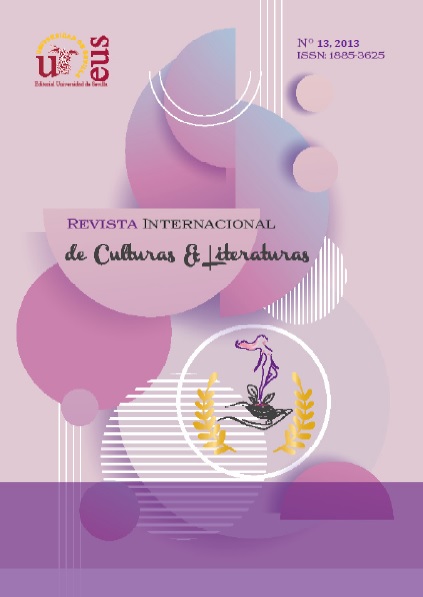
Ausencias. Escritoras en los márgenes de la literatura
Núm. 13 (2013)Las escritoras en los manuales de literatura se configuran como “Ausencias”. Cuando Marina Zancan señala, que la tradición literaria es la “historia de un pensamiento masculino, no sólo por la ausencia de escritoras, sino también porque esa tradición ha codificado lo femenino, a través de temas, estilos y escala de valores”, parece responder implícitamente a la cuestión “¿De quién es el canon? y ¿a quién sirve el canon?
Los textos de las escritoras, que siempre han sido considerados menores, contradicen una lógica jerárquica que los textos recogidos en este volumen ponen en discusión: la lógica binaria que separa masculino/femenino, arte/no arte, discursos canónicos/ no canónicos, cultura/naturaleza. Si las escritoras están condenadas a los márgenes de la cultura, ese espacio también se convierte en contestación, subversión, experimentación y creatividad.
The writers in the literature manuals are configured as "Absences". When Marina Zancan points out that the literary tradition is the “history of a masculine thought, not only because of the absence of female writers, but also because that tradition has codified the feminine, through themes, styles and scale of values”, she seems to answer implicitly to the question “Who owns the canon? and who does the canon serve?The writers' texts, which have always been considered minor, contradict a hierarchical logic that the texts collected in this volume put into discussion: the binary logic that separates masculine / feminine, art / no art, canonical / non-canonical discourses, culture / nature. If women writers are condemned to the margins of culture, that space also turns into contestation, subversion, experimentation and creativity. -
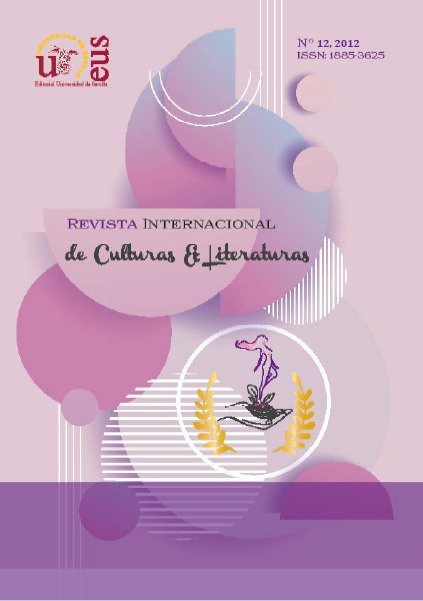
Escritoras del mundo e iconos femeninos
Núm. 12 (2012)En diferentes literaturas se produce la constante de la confusión entre las escritoras y los personajes e iconos femeninos creados por los escritores. Las escritoras tienen que afirmarse rompiendo precisamente los estereotipos femeninos construidos desde una perspectiva androcéntrica. Este volumen pretende analizar las relaciones entre las escritoras de diferentes lenguas y culturas y los iconos femeninos que se producen y se reproducen dentro de sus culturas de pertenencia.In different literatures there is a constant confusion between the writers and the female characters and icons created by the writers. The writers have to affirm themselves by breaking precisely the feminine stereotypes constructed from an androcentric perspective. This volume aims to analyze the relationships between writers of different languages and cultures and the female icons that are produced and reproduced within their cultures of belonging.
-
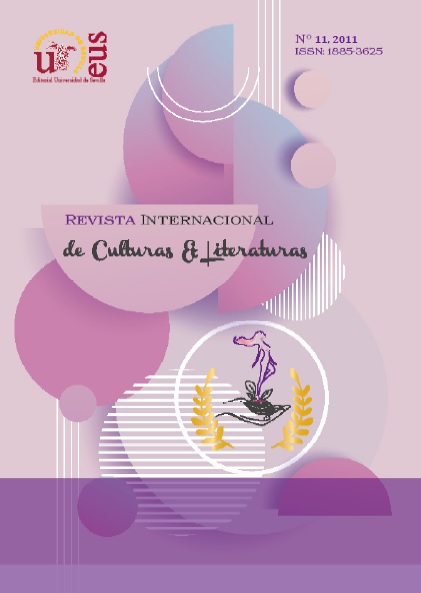
Máscaras femeninas: personajes y autoras
Núm. 11 (2011)El teatro es un ámbito literario que se desarrolla en el espacio público, por este motivo la participación de las mujeres se va a ver dificultada por las normas sociales y morales. Desde que las actrices pudieron subir a los escenarios en el siglo XVI, las mujeres han participado activamente en la escritura de obras teatrales, tanto en el ámbito religioso como en el laico, creando personajes femeninos que muchas veces se constituían en alter egos de sus autoras. Se hace un llamamiento en este número a contribuir con análisis de obras y escritoras teatrales, sobre todo inéditas o poco estudiadas.
Theater is a literary field that takes place in the public space, for this reason the participation of women will be hampered by social and moral norms. Since actresses were able to go on stage in the 16th century, women have actively participated in the writing of plays, both religiously and secularly, creating female characters that often became alter egos of their authors. . A call is made in this issue to contribute with analysis of plays and theater writers, especially unpublished or little studied.
-
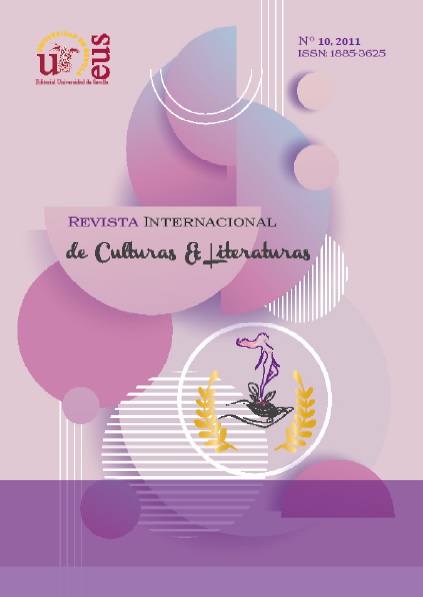
Mujeres en escena
Núm. 10 (2011)El presente número analiza la subversión que supone la participación de las mujeres en el teatro, sea desde su posición de autoras de obras teatrales, sea como personajes. El teatro permite y representa un ámbito cultural en el que las mujeres tienen un margen de agencia mayor, en el sentido que pueden encarnar personajes que transgreden las reglas sociales. Se propician las visiones enfrentadas entre personajes femeninos vistos desde una óptica androcéntrica y desde una óptica femenina/feminista.
This issue analyzes the subversion implied by the participation of women in the theater, either from their position as authors of plays, or as characters. The theater allows and represents a cultural environment in which women have a greater margin of agency, in the sense that they can embody characters that transgress social rules. Opposing visions between female characters seen from an androcentric perspective and from a feminine / feminist perspective are fostered.
-
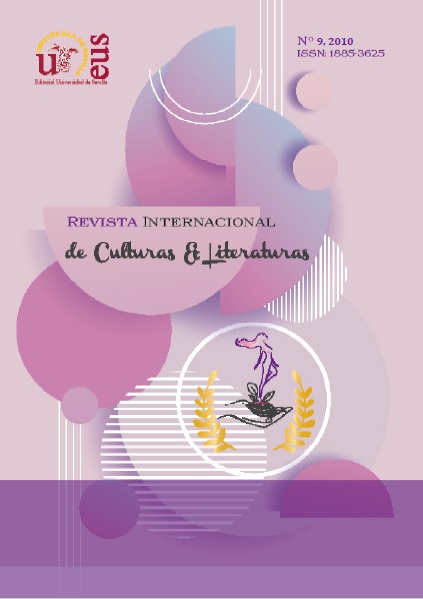
Mistic@s
Núm. 9 (2010)La espiritualidad reúne tanto elementos teológicos canónicos como aquellos de la religiosidad popular y masiva, y remite a las dimensiones intelectiva y afectiva de la relación con lo divino como también a los métodos y tradiciones que permiten la construcción de una relación consigo mismo en un espacio interior. Los textos místicos: hagiografías, epistolarios espirituales, autobiografías, diarios espirituales, escritos místicos, vidas ejemplares y poesía, entre otros, que modelos apelan al diálogo directo con Dios, carecen de una tradición de análisis desde la perspectiva de género. Muchos de los textos escritos por hombres o mujeres no han sido suficientemente valorados desde un punto de vista literario y desde un ámbito laico. Este volumen pretende recopilar autoras y obras místicas poco conocidas a través del análisis crítico de sus textos, colocados en una tradición de espiritualidad femenina que va mucho más allá de los muros conventuales, en diferentes literaturas y periodos históricos que puedan dar cuenta de la heterodoxia de este género literario.
Spirituality brings together both canonical theological elements and those of popular and massive religiosity, and refers to the intellectual and affective dimensions of the relationship with the divine as well as the methods and traditions that allow the construction of a relationship with oneself in an interior space. . Mystical texts: hagiographies, spiritual epistolary, autobiographies, spiritual diaries, mystical writings, exemplary lives and poetry, among others, whose models appeal to direct dialogue with God, lack a tradition of analysis from a gender perspective. Many of the texts written by men or women have not been sufficiently valued from a literary point of view and from a secular sphere. This volume aims to collect little-known authors and mystical works through the critical analysis of their texts, placed in a tradition of feminine spirituality that goes far beyond the conventual walls, in different literatures and historical periods that can account for the heterodoxy of this literary genre.
-
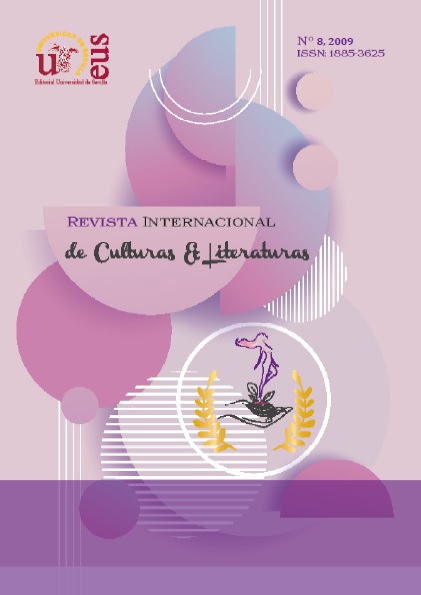
Las mujeres en las escrituras antiguas
Núm. 8 (2009)La teología feminista se presenta como una practica exegética disidente que da nuevas interpretaciones a los textos sagrados. El presente volumen pretende contribuir a visibilizar la disidencia femenina presente en estos textos y a analizar el papel que las mujeres desempeñan en ellos. Las mujeres protagonistas de la Biblia no solo han tenido un papel fundamental en la historia de salvación, sino que sus figuras han transcendido el ámbito religioso para convertirse en modelos laicos en muchos de los textos literarios sucesivos. Poner en valor las distintas perspectivas de estudio de estas mujeres y de textos en los que no son protagonistas, desde una perspectiva feminista significa conocer y evaluar críticamente las miradas e interpretaciones con las que estas mujeres han sido presentadas a lo largo de la historia: su rela e ción con los textos y su modificación para responder a distintos contextos sociales, religiosos, políticos históricos.
Feminist theology is presented as a dissident exegetical practice that gives new interpretations to sacred texts. This volume aims to contribute to make visible the female dissidence present in these texts and to analyze the role that women play in them. The women protagonists of the Bible have not only had a fundamental role in the history of salvation, but their figures have transcended the religious sphere to become lay models in many of the successive literary texts. Valuing the different study perspectives of these women and texts in which they are not protagonists, from a feminist perspective means knowing and critically evaluating the views and interpretations with which these women have been presented throughout history: their relationship with texts and their modification to respond to different social, religious, and political historical contexts.
-
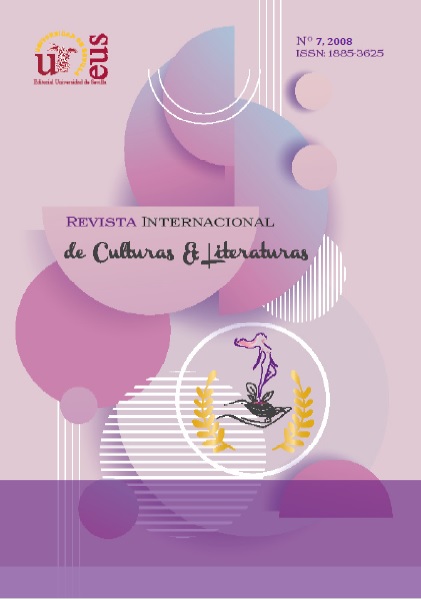
Lo femenino fuera de lugar: Mujeres, Literatura y Exilio
Núm. 7 (2008)El exilio ha sido un tema literario contado siempre desde una óptica masculina. Las escritoras exiliadas fueron silenciadas y olvidadas por la historia literaria, no solo por su condición política de disidentes sino por su condición de mujeres que rompieron las normas de conducta y los modelos impuestos por la feminidad de estado. Son muchas las escritoras que sufrieron la condición de exiliadas en el siglo XX a causa de los cambios políticos en Europa. Sus obras, teñidas de un fuerte autobiografismo, han sido escasamente publicadas, reeditadas o estudiadas. Las particularidades textuales del exilio femenino son analizadas en este volumen desde una óptica intercultural y ambivalente, como exilio impuesto y exilio interior conscientemente elegido, como sostenía Virginia Woolf: “Como mujer, no tengo patria. Como mujer, no quiero patria. Como mujer, mi patria es el mundo entero”.
Exile has always been a literary theme told from a male perspective. The exiled writers were silenced and forgotten by literary history, not only because of their political status as dissidents but also because of their status as women who broke the norms of conduct and the models imposed by the femininity of the state. Many women writers suffered exile status in the 20th century due to political changes in Europe. His works, tinged with a strong autobiography, have been scarcely published, republished or studied. The textual particularities of female exile are analyzed in this volume from an intercultural and ambivalent perspective, as an imposed exile and consciously chosen internal exile, as Virginia Woolf argued: “As a woman, I have no country. As a woman, I don't want a country. As a woman, my country is the whole world ”.
-
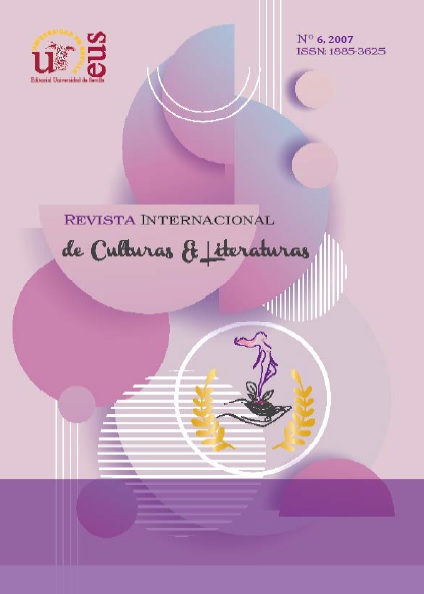
Hispanoamericanas en papel
Núm. 6 (2007)Las diferentes contribuciones que analizan las obras de escritoras poco conocidas de América del Sur, en cuya geografía Chile ocupa el Sur del Sur. El volumen da a conocer especialmente a escritoras relacionadas con las culturas orales indígenas de este país y a nuevas voces poéticas y narrativas portadoras de visiones no hegemónicas. La importancia de fijar en un soporte más duradero y menos efímero que la voz la obra de estas escritoras da nombre al volumen y subraya la existencia de nuevas perspectivas críticas aplicadas a estos nuevos textos incorporados a la cultura escrita.
The different contributions that analyze the works of little-known writers from South America, in whose geography Chile occupies the South of the South. The volume makes known especially writers related to the indigenous oral cultures of this country and new poetic voices and narratives that carry non-hegemonic visions. The importance of fixing the work of these writers on a more durable and less ephemeral medium than the voice gives its name to the volume and underlines the existence of new critical perspectives applied to these new texts incorporated into written culture.
-
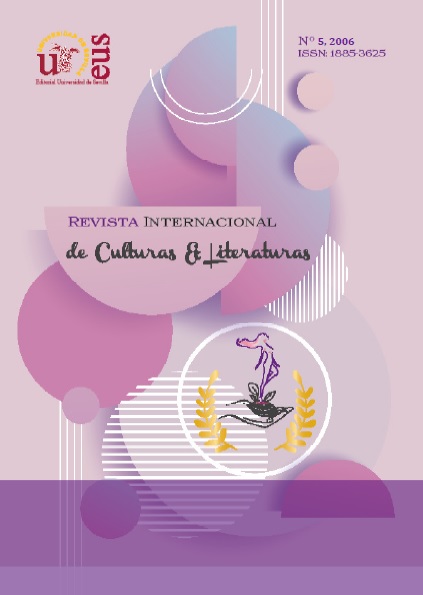
Feminismo e Interculturalidad
Núm. 5 (2006)Este volumen pone en relación el debate intercultural, que tiene mayor trayectoria en otros ámbitos de investigación, como la etnicidad y la descolonización de los pueblos con la literatura escrita por mujeres desde perspectivas feministas. Algunos de los artículos presentes vinculan la descolonización con el feminismo, otros despatriarcalizan los modelos epistemológicos, jerarquías y marginaciones a través del análisis de obras y personajes. Los diferentes análisis apuestan por el reconocimiento de los saberes invisibilizados, las culturas consideradas subalternas, legitimándolas, analizan las imposiciones de “los de afuera” y las relaciones entre mundos jerárquicamente dispares. Las mujeres negras, indígenas o lesbianas, que constituyen los personajes de algunas obras apuntan a visibilizar las diferencias en la construcción de la subjetividad en una crítica al sujeto construido por feminismo hegemónico blanco y occidental.
This volume relates the intercultural debate, which has a long history in other areas of research, such as ethnicity and the decolonization of peoples, with the literature written by women from feminist perspectives. Some of the articles present link decolonization with feminism, others de-patriarchalize epistemological models, hierarchies and marginalization through the analysis of works and characters. The different analyzes bet on the recognition of the invisible knowledge, the cultures considered subaltern, legitimizing them, analyzing the impositions of "outsiders" and the relationships between hierarchically disparate worlds. Black, indigenous or lesbian women, who constitute the characters of some works, aim to make visible the differences in the construction of subjectivity in a critique of the subject constructed by feminism white and western hegemonic.
-
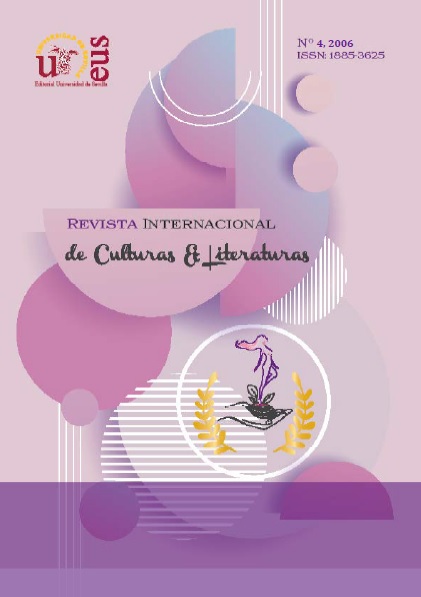
Estudios culturales y de género. Puentes entre Sudamérica y Europa
Núm. 4 (2006)El presente número monográfico se propone reunir diferentes intervenciones de universidad sudamericanas y europeas en torno a los estudios culturales y de género. Los estudios culturales existieron como disciplina por lo menos desde mediados de los años sesenta en Inglaterra y sen los ochenta entraron a formar parte de la crítica literaria. Algunas de las cuestiones que se planteaban en esta interrelación no podían ser abordadas sin la perspectiva de los estudios de género, como la relación entre la literatura y la dimensión simbólica del mundo social, las cualidades específicas del discurso literario y el diálogo entre textos literarios y textos sociales.
This monographic issue aims to bring together different South American and European university interventions on cultural and gender studies. Cultural studies existed as a discipline at least since the mid-1960s in England, and in the 1980s it became part of literary criticism. Some of the issues that arose in this interrelation could not be addressed without the perspective of gender studies, such as the relationship between literature and the symbolic dimension of the social world, the specific qualities of literary discourse, and the dialogue between literary texts and social texts.
